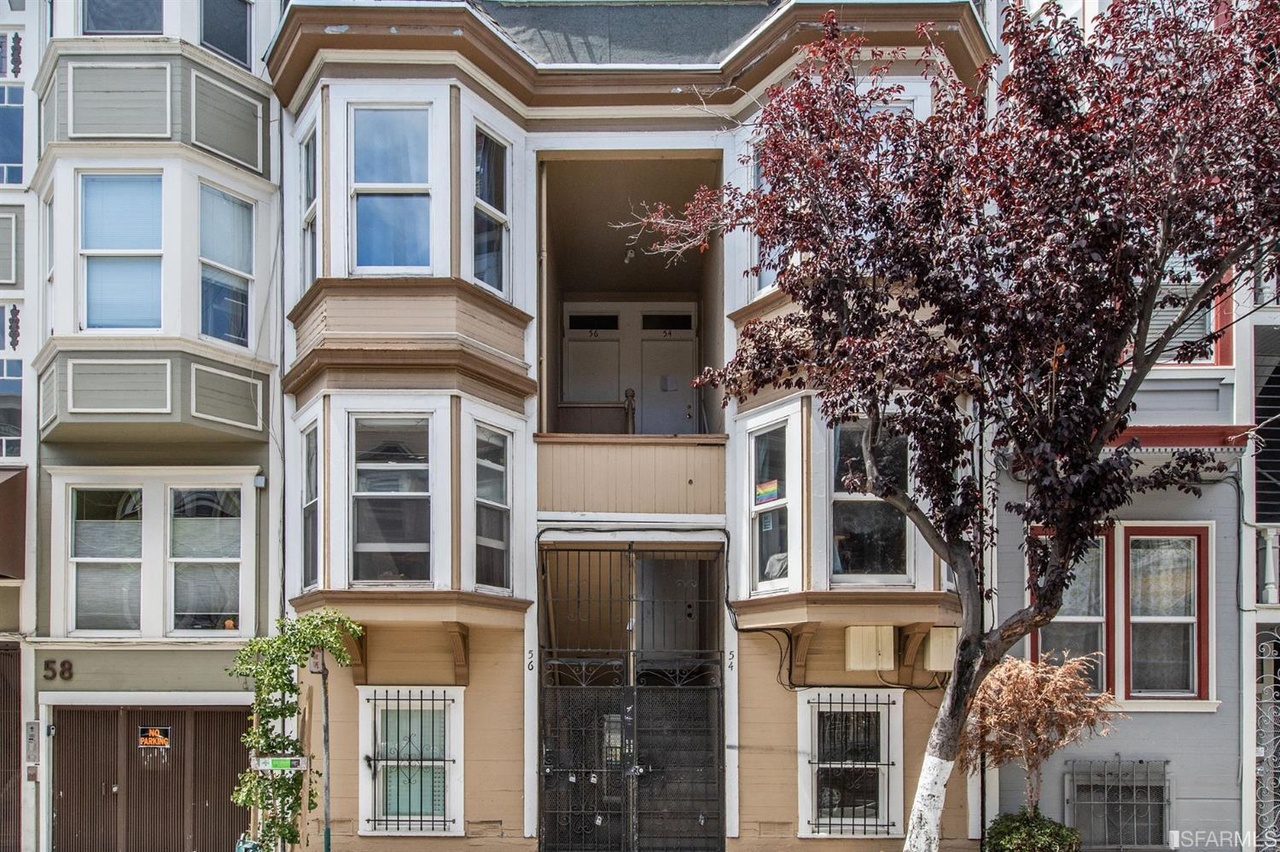Imagine you’re browsing SF home listings and you stumble across a comfy looking condo that for some reason is priced markedly below even similar units in the same neighborhood.
And it’s branded with some mysterious letters: “TIC.” What to make of this conundrum?
Even those who have already gotten their feet wet buying and selling SF homes may still wonder what exactly the phase “tenancy in common” means, since sources dedicated to explaining it are not always as transparent as they could be.
Take the very recent example of 54 Woodward Street #B, a one bed, one bath Mission condo in a very pretty six-unit building circa 1907, which realtors Natalie Rome and Derek Chin brought to market last week for $479,000.
Can that be right? As we’ve recently discussed, it’s harder than ever (though still not impossible) to find a decent SF home for sale anywhere under half-a-million dollars. What’s the catch?
Here’s the deal: When you buy a TIC home like this, you’re not actually buying the condo. Rather, you’re buying a share of the entire building, alongside all of your neighbors.
But this isn’t like other kinds of co-ownership arrangements: The “common” part of tenancy in common means that every person who buys in has theoretically equal access to the entire property.
On paper, a 10 percent owner has exactly as many rights as a 50 or even 90 percent owner. “All owners still have have the right to occupy and use all of the property,” Cornell Law School’s Legal Information Institute explains.
You can see how this would work with a large single unit, like a house: Everyone splits the cost of the purchase however many ways, everyone enjoys equal access to the property, and you all sort out amongst yourselves who gets what bedroom.
But what about a listing like 54 Woodward? The ad lists a condo, but you’re not going to actually own the condo, so what side of which looking glass are we on here?
“As a TIC owner, your rights to use a specific dwelling in the unit comes from a legal written contract signed by all co-owners,” realtor Deniz Kahramaner explains. The contract delineates which dwelling specifically will serve as yours–in this case, unit B–as well as other details like parking and access to the common areas.
This can get tricky, as you’ll probably need the help of a lawyer to make sure that your tenancy agreement says what you want it to say and to make sure everyone is getting a fair deal. Securing a “fractional loan” to buy into such a building can be tricky too, although it’s easier in SF than most other places.
“This arrangement is very San Franciscan and those moving to our city are often unfamiliar with it,” Brown Real Estate Group notes.
Complications aside, a deal is a deal; the difference in price between a TIC and traditional ownership may range from ten to as much as 25 percent over a similar unit elsewhere. Which of course can easily spell the difference between being moving day plans and mere wishful thinking.
As always, if you have any questions you can contact us directly, or throw them in the comments below. Make sure to subscribe to this blog, or follow us on social media @theFrontSteps too. And please do consider giving us a chance to earn your business and trust when it’s time to buy or sell Bay Area property. People like working with us, and we think you will too.





